From The Collection: Leigh Palmer
Leigh Palmer, Two Trees, 9.375” x 13” encaustic on mounted paper, 1995
Leigh Palmer received a BFA in painting from the Rhode Island School of Design in 1966. He is the recipient of a MacDowell Colony Fellowship and has had numerous solo shows in New York, Massachusetts, and Connecticut. His paintings Interior with Three Pears and Striped Tablecloth with Two Apples, both oil on linen from 1983, are in the permanent collection of the Smithsonian American Art Museum (gifts of the Sara Roby Foundation), and his work is in multiple corporate and private collections, including the National Museum of American Art, The New School for Social Research, and American Bank and Trust.
Leigh lives and works in the Hudson River Valley with his wife, artist Phyllis Gay Palmer. At seventy-seven, Leigh continues to work five days a week. R&F is fortunate to have several Leigh Palmer paintings in our permanent collection, including many of his earliest forays into encaustic.
Leigh Palmer, Three Pears, 13” x 13”, encaustic on panel, 1995. This was Leigh’s first encaustic painting.
Of his work, Leigh notes that it is primarily based on direct observation of the Hudson River Valley. His subject matter is often what he sees driving. In a video interview by noted documentary filmmaker Josh Aaronson to celebrate the 400th anniversary of the discovery of the Hudson River, Leigh described his looking process, “I quickly see something - either out of the corner of my eye or I look at it - it’s the way the light is in the field, it’s the shape of a barn or a house...”
Rather than working from photographs, which he feels don’t accurately represent actual physical space, or en plein air, Leigh paints from memory, improvising in the studio. “Images are found or discovered in my memory of familiar places and developed during the painting process. Human beings do not appear, but their presence is felt in the marks left on the ground (furrows, fence rows, roads), and sometimes in the air (smoke, haze).”
Leigh Palmer, Untitled, 1995
Leigh came to R&F in the mid 90s to learn about working with encaustic. He says his first attempts were challenging, but he continued with the medium because he found it forgiving. “In its unruliness, it encourages the accidental. It is almost impossible for me to use it to render, and I get an expressive, rough, sometimes dream-like product. I surprise myself. The surface can be scraped and sculpted, worked as one might work the ground with a hoe or rake.” Painting both flat and on an easel, and shifting between iron, torch, and heat gun, Leigh considers himself a palette painter and notes that he handles encaustic paint as if he were painting in oil. He continues to work in both mediums to this day.
Leigh Palmer, Untitled, 1996
Leigh has an ongoing interest in windows. He laughs as he notes that in his studio in downtown Hudson, he had to partially cover the window to prevent himself from being distracted by staring out of it. His windows are sometimes off center to introduce a sense of randomness. “The window,” he notes, “has returned to my paintings after a long furlough. Now it is in the form of a frame or a mat which may also be read as an opening in a wall. Recently, I have been using metal leaf around the edges which creates a kind of frame while remaining an integral formal element of the painting.”
““What I am trying to get at is something to do with the way we are using land, and taking it for granted, and in the ways we are changing the landscape, changing the atmosphere, changing our whole environment.” ”
Life in the Hudson River Valley has had a profound impact on Leigh. He believes he would have made very different paintings had he not moved there. And he is highly conscious of the Hudson River School, a mid-19th century American art movement embodied by a group of landscape painters whose aesthetic vision was influenced by Romanticism. Paintings from this period typically depict the Hudson River Valley and its surrounds, reflecting themes of discovery, exploration, and settlement through realistic, detailed, and idealized portrayal of nature, often juxtaposing peaceful agriculture and the wilderness fast disappearing from the region. This influence weighs heavily on Leigh. “I cautiously take energy from the tradition, but I choose humble locations and treat them more introspectively than most 19th century painters did.”
And while the legacy of the Hudson River School is a rich one, it can be a hindrance. “Many times a day while I am working, I’m thinking - who the hell needs another landscape painting in this tradition?” And yet, there is a significant difference in the content of Leigh’s work. “What I am trying to get at is something to do with the way we are using land, and taking it for granted, and in the ways we are changing the landscape, changing the atmosphere, changing our whole environment.”
Leigh is represented by Carrie Haddad Gallery. You can view more of Leigh’s work on his website at leighpalmerart.com.
Keep Painting.




